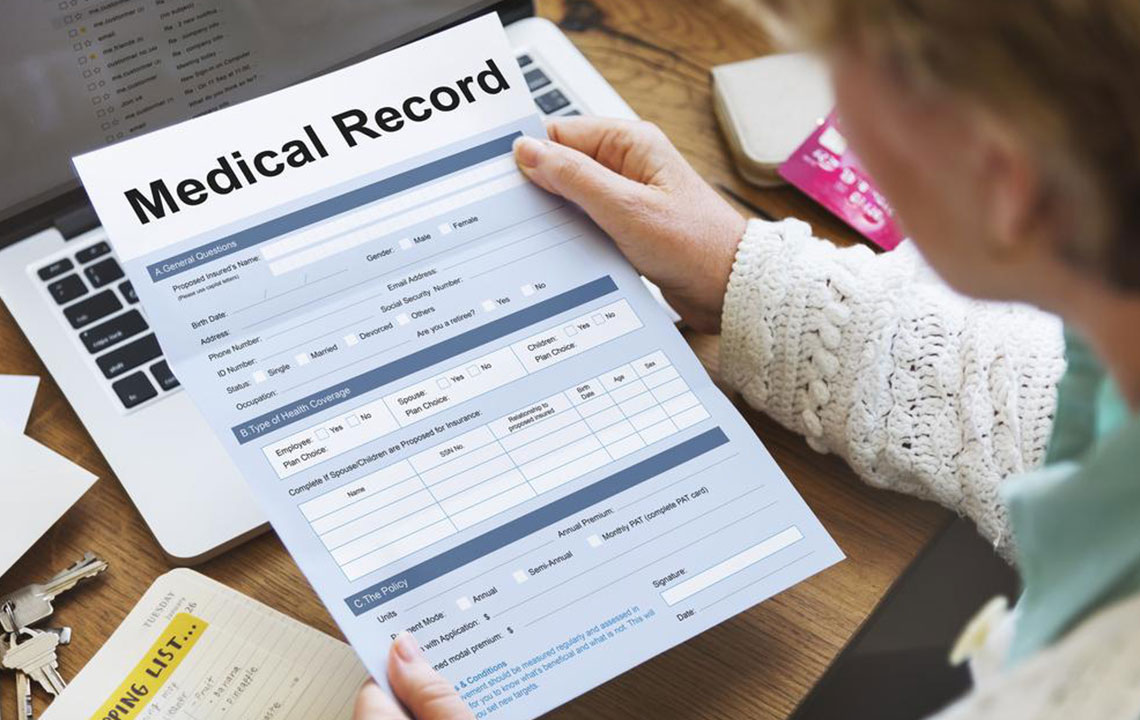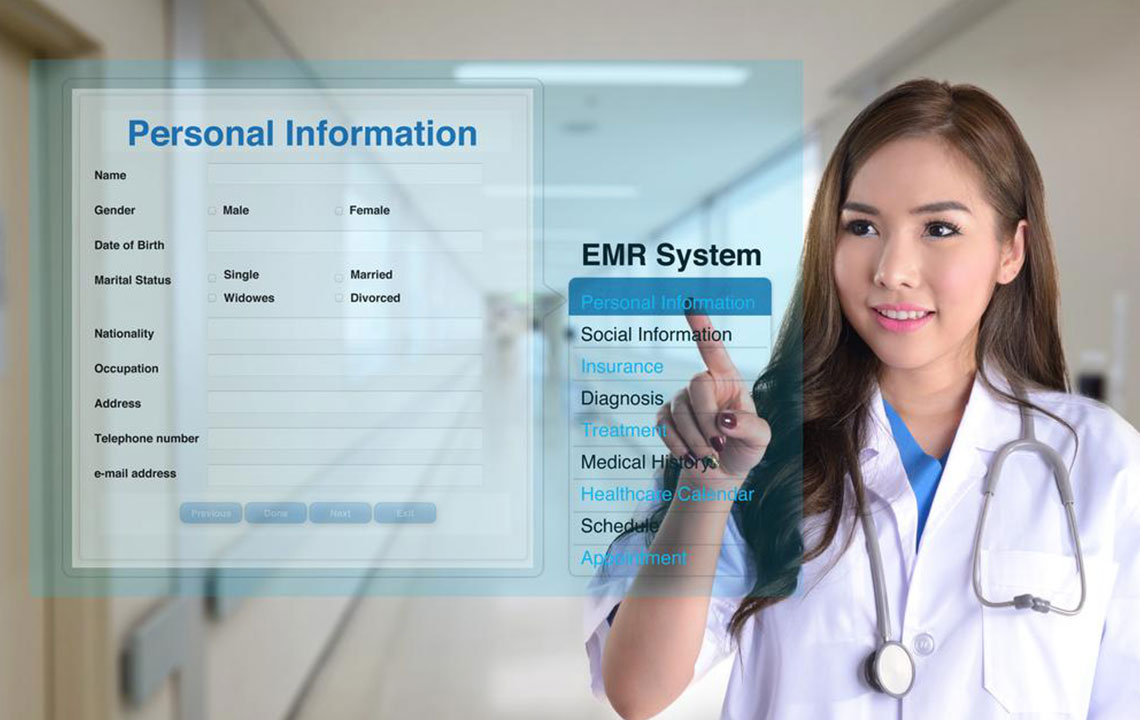Comprehensive Guide to Organizing and Safeguarding Your Medical Records for Better Healthcare
Discover effective strategies for organizing and safeguarding your medical records. This comprehensive guide covers collecting, categorizing, and securing your health documents for easier access during doctor visits, emergencies, and ongoing care. Learn practical methods to create a reliable health record system that ensures quick retrieval, data security, and regular updates. Proper organization not only streamlines healthcare experiences but also provides peace of mind, empowering you to manage your health proactively and efficiently.

Strategies for Efficient Management of Your Medical Documentation
Maintaining well-organized medical records is a fundamental aspect of ensuring high-quality healthcare and swift responses during medical emergencies. Your health information, including medical history, prescriptions, allergies, vaccinations, and recent test results, plays a crucial role in diagnosis, treatment, and ongoing health management. Whether you are preparing for a routine check-up, planning to switch healthcare providers, or need quick access during urgent situations, a systematic approach to organizing your medical files is essential. This comprehensive guide provides detailed strategies on how to effectively gather, categorize, and secure your medical documentation, making healthcare more streamlined and less stressful.
Step 1: Collect All Your Medical Records: The first step towards effective management is gathering all existing medical documents. Contact your primary care physician, specialists, hospitals, clinics, and laboratories to compile your records. Many healthcare providers now offer patient portals where you can download or request your health information online. If some documents are missing, request copies by signing authorization forms. This process may involve verifying your identity to ensure confidentiality and compliance with privacy laws. Collecting comprehensive records from past and current providers helps create a complete health profile, which is critical for ongoing care and future medical decisions.
Step 2: Choose the Right Storage System: Deciding on an appropriate storage method is crucial. You can opt for physical filing, digital storage, or a hybrid system that combines both. For physical documents, use labeled binders, file folders, or cabinets with dedicated sections for different categories. For digital files, scan documents into PDFs or image formats and organize them in clearly labeled folders on your computer or cloud storage platforms. Digital backups serve as safeguard copies in case of physical damage or loss. Cloud storage options such as Google Drive, Dropbox, or specialized health record apps provide easy access from any device, ensuring your medical data is available anytime, anywhere.
Step 3: Organize by Medical Categories: To streamline access, categorize your records based on your medical history. Create separate folders or sections for:
Chronic illnesses (e.g., diabetes, hypertension)
Recent illnesses and injuries
Previous surgeries or hospitalizations
Allergy and immunization records
Lab tests and imaging reports
Medication history and prescriptions
This thorough organization allows you or healthcare providers to quickly locate pertinent information during appointments or emergencies. For example, having previous lab results at hand can guide diagnosis without redundancy.Step 4: Keep Insurance and Screening Documents Organized: Insurance information is vital for claims processing and coverage verification. Store your insurance policies, cards, and claims history in dedicated folders or digital files. Additionally, keep track of regular health screenings, age-appropriate tests, and vaccination schedules. Setting reminders for upcoming appointments or policy renewals ensures that preventive health measures aren’t overlooked. Use calendar alerts or apps to stay proactive about health checkups, screenings, and immunizations, which are key to maintaining optimal health.
Step 5: Ensure Security and Privacy: Protect sensitive medical information by storing physical documents in a secure, lockable cabinet. For digital records, use strong passwords and encryption to prevent unauthorized access. Regularly update your security settings and backup your data to multiple locations to avoid loss. Sharing your organized records with trusted family members or caregivers ensures they can assist during emergencies or routine visits. It is equally important to stay updated with privacy laws and opt for secure health record management services to maintain confidentiality.
Step 6: Regularly Update and Review Records: Your health status can change over time, requiring updates to your files. Schedule periodic reviews—every six months or after any medical appointment—to add new information, copy new test results, or update prescriptions. Keeping your files current minimizes errors and ensures your healthcare providers have the latest data. Additionally, dispose of outdated or irrelevant documents securely to prevent unnecessary clutter and protect your privacy.
In conclusion, an organized approach to managing your medical records not only simplifies healthcare interactions but also empowers you to take charge of your health. By implementing a comprehensive filing system, securing your data, and maintaining current information, you can ensure that essential health details are always accessible when needed. Remember that sharing your organized records with trusted family members or caregivers can be invaluable in emergencies, making sure prompt and accurate medical care is delivered. Taking these steps will streamline your health management and give you peace of mind, knowing your health information is systematically maintained and readily available.





